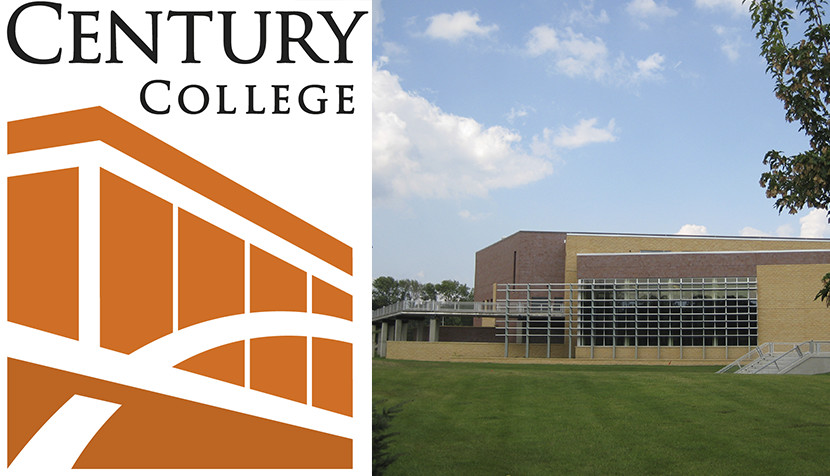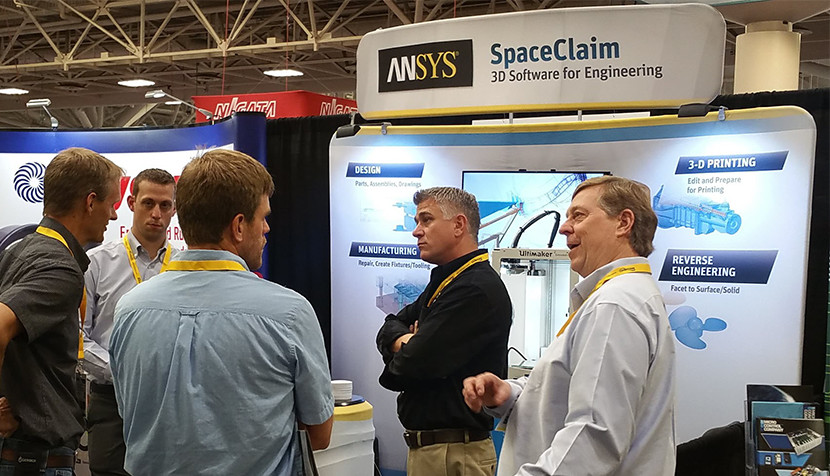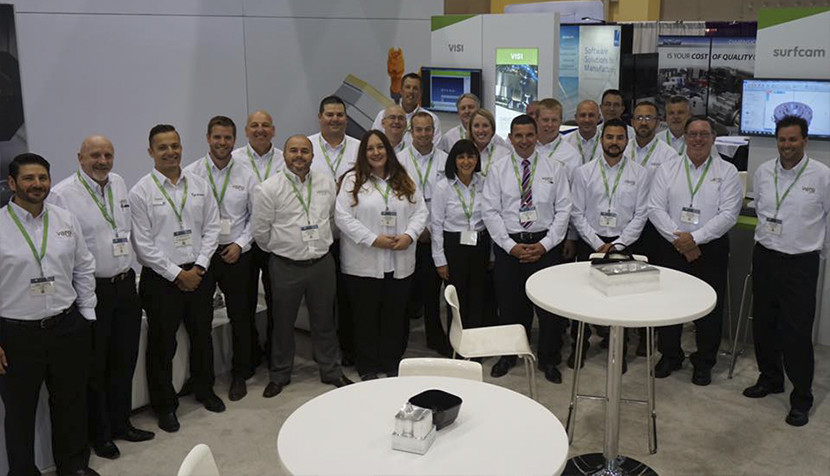- Nielsen Enterprises
- News & Events
ANSYS Discovery Webinar
On September 7th, ANSYS will introduce a new technology that will forever change the way products are designed.

Nielsen Enterprises presented at Northern Plains Collaborative Workshops
The Northern Plains Collaborative Workshops showcase some of the latest innovations changing the Orthotics and Prosthetics industry. Hands-on workshops and presentations touched upon topics like 3D printing, CAD CAM software, bionics, and more. During the event Nielsen Enterprises showed how SpaceClaim's modeling platform fits into Orthotics and Prosthetics design processes.

SpaceClaim at MD&M Minnepolis
Nielsen Enterprises joined SpaceClaim corporate at the Medical Design and Manufacturing Show in Minneapolis showing off how SpaceClaim's modeling platform fits into medical manufacturing processes.

Surfcam at IMTS 2016
The Surfcam CAM solution, by Vero Software, was presented Sept. 12-17 at International Manufacturing Technology Show (IMTS) 2016, hosted at McCormick Place in Chicago.
Surfcam Workflow, the market leading software application, offers a programming strategy designed to lower manufacturing costs, improve part quality and shorten lead times. Workflow understands the component topology and the required manufacturing environment, thereby accelerating toolpath generation.
Available for both milling and turning operations, Workflow lowers programming time and, because it is simple to operate, the learning curve for new users is significantly reduced. Unlike many CAM systems for which the user must manually set the machining environment and use traditional commands to create data, Workflow automatically detects the machining environment and creates an interactively movable origin based on the user’s preferences.
Also available in Surfcam is the Waveform Roughing strategy, a high-speed machining technique that maintains a constant tool cutting load by ensuring the tool engagement into the material is consistent. The toolpath moves in a smooth path to avoid sharp changes in direction, which maintains the machine tool’s velocity.
Waveform Roughing greatly improves on standard roughing by ensuring a constant volume of material is removed. In addition, this opens up the way for use of high-speed machining, particularly for harder materials. Using as much of the flute length as possible distributes wear evenly along the entire cutting length, rather than just the tip. The radial cut depth is reduced to ensure consistent cutting force, allowing cut material to escape from the flutes. Tool life is extended, as most of the heat is removed in the chip.
